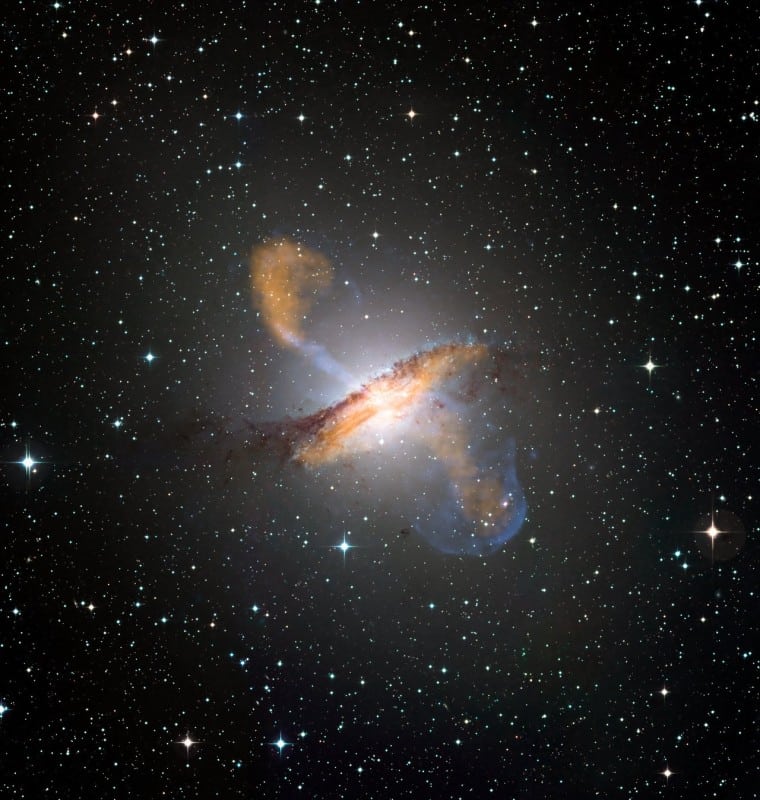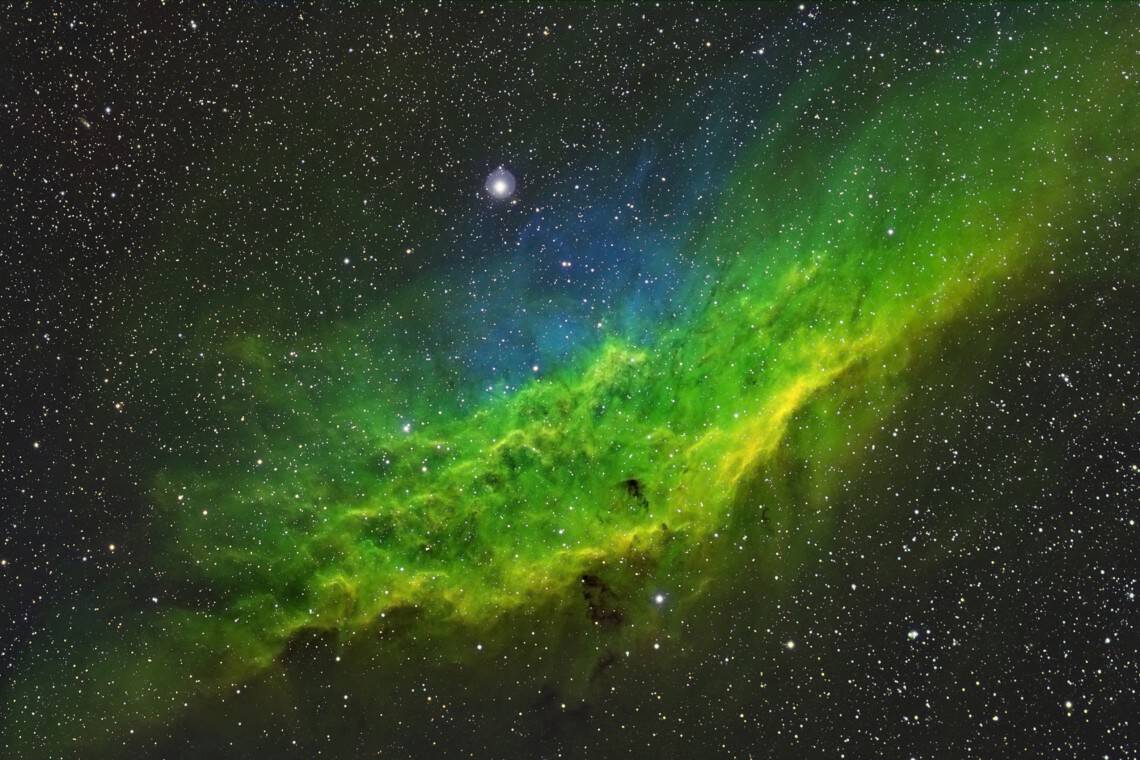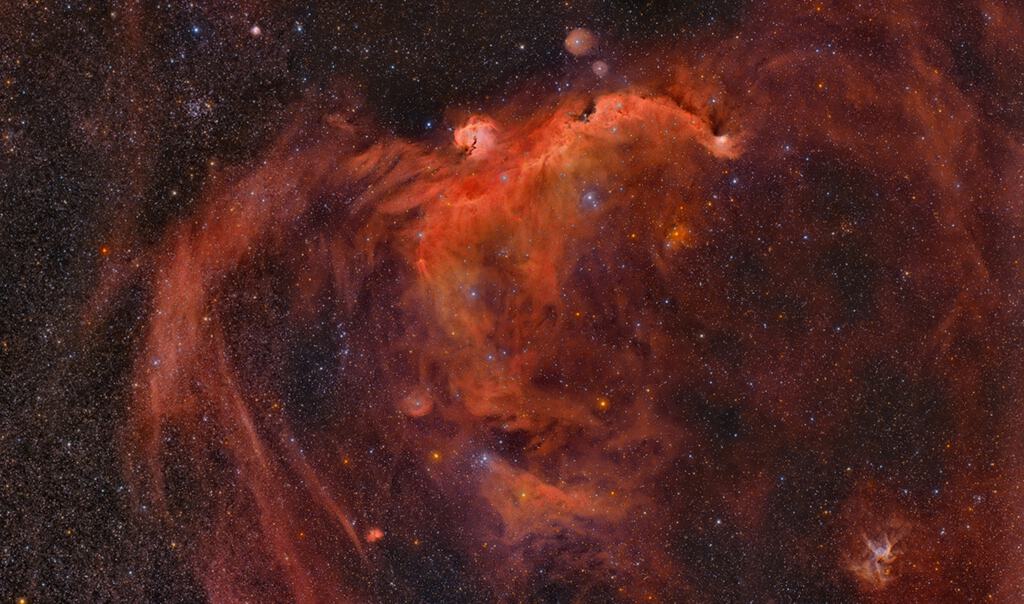Blog
Clarence Henry II (born March 19, 1937), known as Clarence “Frogman” Henry, is an American rhythm and blues singer and pianist, best known for his hits “Ain’t Got No Home” (1956) and “But I Do” (1961).
Clarence Henry was born in New Orleans in 1937, moving to the Algiers neighborhood in 1948. He started learning piano as a child, with Fats Domino and Professor Longhair being his main influences. When Henry played in talent shows, he dressed like Longhair and wore a wig with braids on both sides. He joined Bobby Mitchell & the Toppers in 1952, playing piano and trombone, before leaving when he graduated in 1955 to join saxophonist Eddie Smith’s band.[1][2]
He used his trademark croak to improvise the song “Ain’t Got No Home” one night in 1955. Chess Records‘ A&R man Paul Gayten heard the song, and had Henry record it in Cosimo Matassa‘s studio in September 1956. Initially promoted by local DJ Poppa Stoppa, the song eventually rose to number 3 on the national R&B chart and number 20 on the US pop chart. The gimmick earned Henry his nickname of ‘Frogman’ and jump-started a career that endures to this day.
https://www.youtube.com/watch?v=ZlDBLIkHih8
more...Leonard Joseph “Lennie” Tristano (March 19, 1919 – November 18, 1978) was an American jazz pianist, composer, arranger, and teacher of jazz improvisation.
Tristano studied for bachelor’s and master’s degrees in music in Chicago before moving to New York City in 1946. He played with leading bebopmusicians and formed his own small bands, which soon displayed some of his early interests – contrapuntal interaction of instruments, harmonic flexibility, and rhythmic complexity. His quintet in 1949 recorded the first free group improvisations. Tristano’s innovations continued in 1951, with the first overdubbed, improvised jazz recordings, and two years later, when he recorded an atonal improvised solo piano piece that was based on the development of motifs rather than on harmonies. He developed further via polyrhythms and chromaticism into the 1960s, but was infrequently recorded.
Tristano started teaching music, especially improvisation, in the early 1940s, and by the mid-1950s was concentrating on teaching in preference to performing. He taught in a structured and disciplined manner, which was unusual in jazz education when he began. His educational role over three decades meant that he exerted an influence on jazz through his students, including saxophonists Lee Konitz and Warne Marsh.
Musicians and critics vary in their appraisal of Tristano as a musician. Some describe his playing as cold and suggest that his innovations had little impact; others state that he was a bridge between bebop and later, freer forms of jazz, and assert that he is less appreciated than he should be because commentators found him hard to categorize and because he chose not to commercialize.
more...Dillon “Curley” Russell (19 March 1917 – 3 July 1986) was an American jazz musician who played bass on many bebop recordings.
A member of the Tadd Dameron Sextet, in his heyday he was in demand for his ability to play at the rapid tempos typical of bebop, and appears on several key recordings of the period. He left the music business in the late 1950s.
On May 1, 1951 Russell played in the recording session for Un Poco Loco, composed by American jazz pianist Bud Powell, with Max Roach on drums. Literary critic Harold Bloom included this performance on his short list of the greatest works of twentieth-century American art.
According to jazz historian Phil Schaap, the classic bebop tune “Donna Lee“, a contrafact on “Back Home Again in Indiana“, was named after Curley’s daughter. In 2002, she donated her father’s bass to the Institute of Jazz Studies at Rutgers University.
more...Ömer Faruk Tekbilek, also known as Omar Faruk Tekbilek, is a Turkish musician and composer, who plays a wide range of wind, string, percussion and electronic instruments.
more...Colour composite image of Centaurus A, revealing the lobes and jets emanating from the active galaxy’s central black hole. This is a composite of images obtained with three instruments, operating at very different wavelengths. The 870-micron submillimetre data, from LABOCA on APEX, are shown in orange. X-ray data from the Chandra X-ray Observatory are shown in blue. Visible light data from the Wide Field Imager (WFI) on the MPG/ESO 2.2 m telescope located at La Silla, Chile, show the stars and the galaxy’s characteristic dust lane in close to “true colour”.
more...Andy Narell (born March 18, 1954) is a jazz steel drummer.
Narell took up the steelpan at a young age in Queens, New York. His father, who was a social worker, had started a program of steelpan playing for at-risk youth at the Jewish philanthropic Education Alliance in Lower East Side Manhattan using two sets of pans made by Rupert Sterling, a native of Antigua. Beginning in 1962, he, his brother Jeff, and three others boys played on a third set of Sterling-made pans in the basement of the Narell house in the Whitestone neighborhood of Queens, calling themselves the Steel Bandits. The band was a novelty steelpan act that played concerts and appeared on television shows, including I’ve Got a Secret in 1963.
The band played Carnegie Hall and at the National Music Festival of Trinidad. Murray Narell invited Ellie Mannette in 1964 to expand steelpan activities in New York City and convinced him to come in 1967. Mannette taught the Narell boys more technique, and they played on improved pans tuned by Mannette
more...William Richard Frisell (born March 18, 1951) is an American guitarist, composer and arranger. One of the leading guitarists in jazz since the late 1980s, Frisell came to prominence as a stalwart for ECM Records. He went on to work in a variety of contexts, notably as a member of the New York City Downtown Scene where he formed a long partnership with John Zorn. He was also a longtime member of Paul Motian‘s groups from the early 1980s until Motian’s death in 2011. Since 2000, Frisell’s eclectic output as a bandleader has emphasized folk, country music, and Americana.
Frisell was born in Baltimore, Maryland, but spent most of his youth in the Denver, Colorado, area. He studied clarinet with Richard Joiner of the Denver Symphony Orchestra as a youth, graduated from Denver East High School, and went to the University of Northern Colorado to study music.
more...Wilson Pickett (March 18, 1941 – January 19, 2006) was an American singer and songwriter.
A major figure in the development of American soul music, Pickett recorded over 50 songs which made the US R&B charts, many of which crossed over to the Billboard Hot 100. Among his best-known hits are “In the Midnight Hour” (which he co-wrote), “Land of 1,000 Dances“, “Mustang Sally“, and “Funky Broadway“.
Pickett was inducted into the Rock and Roll Hall of Fame in 1991, in recognition of his impact on songwriting and recording.
Pickett was born March 18, 1941 in Prattville, Alabama, and sang in Baptist church choirs. He was the fourth of 11 children and called his mother “the baddest woman in my book,” telling historian Gerri Hirshey: “I get scared of her now. She used to hit me with anything, skillets, stove wood — (one time I ran away) and cried for a week. Stayed in the woods, me and my little dog.” Pickett eventually left to live with his father in Detroit in 1955.
more...Fatoumata Dembele is a griot, singer, dancer. She was born in 1972 in Bobo-Dioulasso, Burkina Faso.
more...The California Nebula (NGC 1499) is an emission nebula located in the constellation Perseus. It is so named because it appears to resemble the outline of the US State of California on long exposure photographs. It is almost 2.5° long on the sky and, because of its very low surface brightness, it is extremely difficult to observe visually. It can be observed with a Hβ filter (isolates the Hβ line at 486 nm) in a rich-field telescope under dark skies.[1]It lies at a distance of about 1,000 light years from Earth. Its fluorescence is due to excitation of the Hβ line in the nebula by the nearby prodigiously energetic O7 star, xi Persei (also known as Menkib, seen at center below it in the inset at right).[2]
The California Nebula was discovered by E. E. Barnard in 1884.
A coincidence is that the California Nebula transits in the zenith in central California as the latitude matches the declination of the object.
more...Paul Horn (March 17, 1930 – June 29, 2014) was an American jazz flautist and saxophonist, and an early pioneer of new-age music.
Moving to Los Angeles he played with Chico Hamilton‘s quintet from 1956 to 1958 and became an established West Coast session player. He played on the Duke Ellington Orchestra’s Suite Thursday and worked with Nat King Cole, Tony Bennett and others. He scored the 1959 animated television series Clutch Cargo.
In 1960 Horn recorded for Fantasy Records with Latin Jazz vibraphonist Cal Tjader (with drummers Willie Bobo and Mongo Santamaria) for the album Latino! (originally released in 1962 and later re-released with the same title in 1992.)
Horn’s Quintet produced jazz albums for Columbia and RCA Victor up until 1966. During this period, he was the subject of a David Wolper television documentary, Portrait of a Jazz Musician.
Horn became a practitioner of Transcendental Meditation. He attended training at the Maharishi Mahesh Yogi‘s ashram along with The Beatles on their 1968 trip to India. Following his experiences in India Horn’s recordings moved from jazz to world and new-age music.
In 1970, he moved with his two sons Marlen and Robin from his first marriage to Lilian Yvonne Jourdan, and second wife Tryntje Baum to Victoria, British Columbia, on Vancouver Island. He formed his own quintet and recorded film scores for the National Film Board of Canada.
He was known for his innovations on both metal and traditional wooden flutes. Best known of his albums are his “Inside” recordings, which feature airy, echoing sounds created in places of spiritual importance. The series began with Horn sneaking a tape recorder into the Taj Mahal during a trip to India in 1968, (released as Inside)[citation needed] He was also with the Beatles at Rishikesh in the same year and continued later with recordings inside the Great Pyramid of Giza, and a return to the Taj Mahal in 1989. Horn later made similar recordings in a cathedral, in the canyons of the Southwestern United States with Native American flutist R. Carlos Nakai, and with orcas.
more...Nathaniel Adams Coles (March 17, 1919 – February 15, 1965), known professionally as Nat King Cole, was an American jazz pianist and vocalist. He recorded over one hundred songs that became hits on the pop charts. His trio was the model for small jazz ensembles that followed. Cole also acted in films and on television and performed on Broadway. He was the first black man to host an American television series.
Nathaniel Adams Coles was born in Montgomery, Alabama, on March 17, 1919. He had three brothers: Eddie (1910–1970), Ike (1927–2001), and Freddy (b. 1931), and a half-sister, Joyce Coles. Each of the Cole brothers pursued careers in music. When Nat King Cole was four years old, the family moved to Chicago, Illinois, where his father, Edward Coles, became a Baptist minister.
When he was fifteen, Cole dropped out of high school to pursue a music career. After his brother Eddie, a bassist, came home from touring with Noble Sissle, they formed a sextet and recorded two singles for Decca in 1936 as Eddie Cole’s Swingsters. They performed in a revival of the musical Shuffle Along. Nat Cole went on tour with the musical. In 1937, he married Nadine Robinson, who was a member of the cast. After the show ended in Los Angeles, Cole and Nadine settled there while he looked for work. He led his own big band, then found work playing piano in nightclubs. When a club owner asked him to form a band, he hired bassist Wesley Prince and guitarist Oscar Moore. They called themselves the King Cole Swingsters after the nursery rhyme in which “Old King Cole was a merry old soul.” They changed their name to the King Cole Trio before making radio transcriptions and recording for small labels.
more...Lovie Lee (March 17, 1909 – May 23, 1997) was an American electric blues pianist and singer. He is best known for his work accompanying Muddy Waters. He also recorded a solo album, in 1992. He was the “adoptive stepfather” of the bluesman Carey Bell and thus the “grandfather” of Lurrie Bell.
He was born Edward Lee Watson in Chattanooga, Tennessee, and grew up in Meridian, Mississippi. He taught himself to play the piano and began performing in various churches and at rodeos and vaudeville shows. He had already acquired the nickname Lovie from a doting aunt. He found part-time employment playing with the Swinging Cats in the early 1950s. The group included Carey Bell, who Lee took under his “fatherly” protection, and together they moved to Chicago, in September 1956.[3][4] Lee worked during the day in a woodworking factory, and for many years played in the evening in numerous Chicago blues nightclubs, including Porter’s Lounge. He was well known around Chicago for his blues piano playing.[1] He later worked as an upholsterer, but he kept together his backing band, the Sensationals.
more...Seen as a seagull and a duck, these nebulae are not the only cosmic clouds to evoke images of flight. But both are winging their way across this broad celestial landscape, spanning almost 7 degrees acrossplanet Earth’s night sky toward the constellation Canis Major. The expansive Seagull (top center) is itself composed of two major cataloged emission nebulae. Brighter NGC 2327 forms the head with the more diffuse IC 2177 as the wings and body. Impressively, the Seagull’s wingspan would correspond to about 250 light-years at the nebula’s estimated distance of 3,800 light-years. At the lower right, the Duck appears much more compact and would span only about 50 light-years given its 15,000 light-year distance estimate. Blown by energetic winds from an extremely massive, hot star near its center, the Duck nebula is cataloged as NGC 2359. Of course, the Duck’s thick body and winged appendages also lend it the slightly more dramatic popular moniker, Thor’s Helmet.
more...Thomas Lee Flanagan (March 16, 1930 – November 16, 2001) was an American jazz pianist and composer. He grew up in Detroit, initially influenced by such pianists as Art Tatum, Teddy Wilson, and Nat King Cole, and then by the newer bebop musicians. Within months of moving to New York in 1956, he had recorded with Miles Davis and on Sonny Rollins‘ landmark Saxophone Colossus. Recordings under various leaders, including the historically important Giant Steps of John Coltrane, and The Incredible Jazz Guitar of Wes Montgomery, continued well into 1962, when he became vocalist Ella Fitzgerald‘s full-time accompanist. He worked with Fitzgerald for three years until 1965, and then in 1968 returned to be her pianist and musical director, this time for a decade.
After leaving Fitzgerald in 1978, Flanagan then attracted praise for the elegance of his playing, which was principally in trio settings when under his own leadership. In his 45-year recording career, he recorded more than three dozen albums under his own name and more than 200 as a sideman. By the time of his death, he was one of the most widely admired jazz pianists and had influenced both his contemporaries and later generations of players.
Flanagan was born in Conant Gardens, Detroit, Michigan, on March 16, 1930.He was the youngest of six children – five boys and a girl. His parents were both originally from Georgia.
https://www.youtube.com/watch?v=mHSWyy_9U7k&t=794s
more...More Posts
- Commander Cody aka George Frayne IV
- Phil Upchurch
- Carmell Jones
- World Music VOŁOSI
- Daily Roots Augustus Pablo
- Cosmos IRC +10216
- Brian Auger
- Lonnie Mack
- “Screamin’ Jay” Hawkins
- World Music Ilda Simonian
- Daily Roots Glen Brown
- Cosmos Arp 263
- Spencer Davis
- Ben Riley
- Vince Guaraldi
- Joe Morello
- World Music Malikanw
- Daily Roots Roots Radics & King Tubby
- The Chorus Line by Theatre 55
- Cosmos Milky Way Meteor


